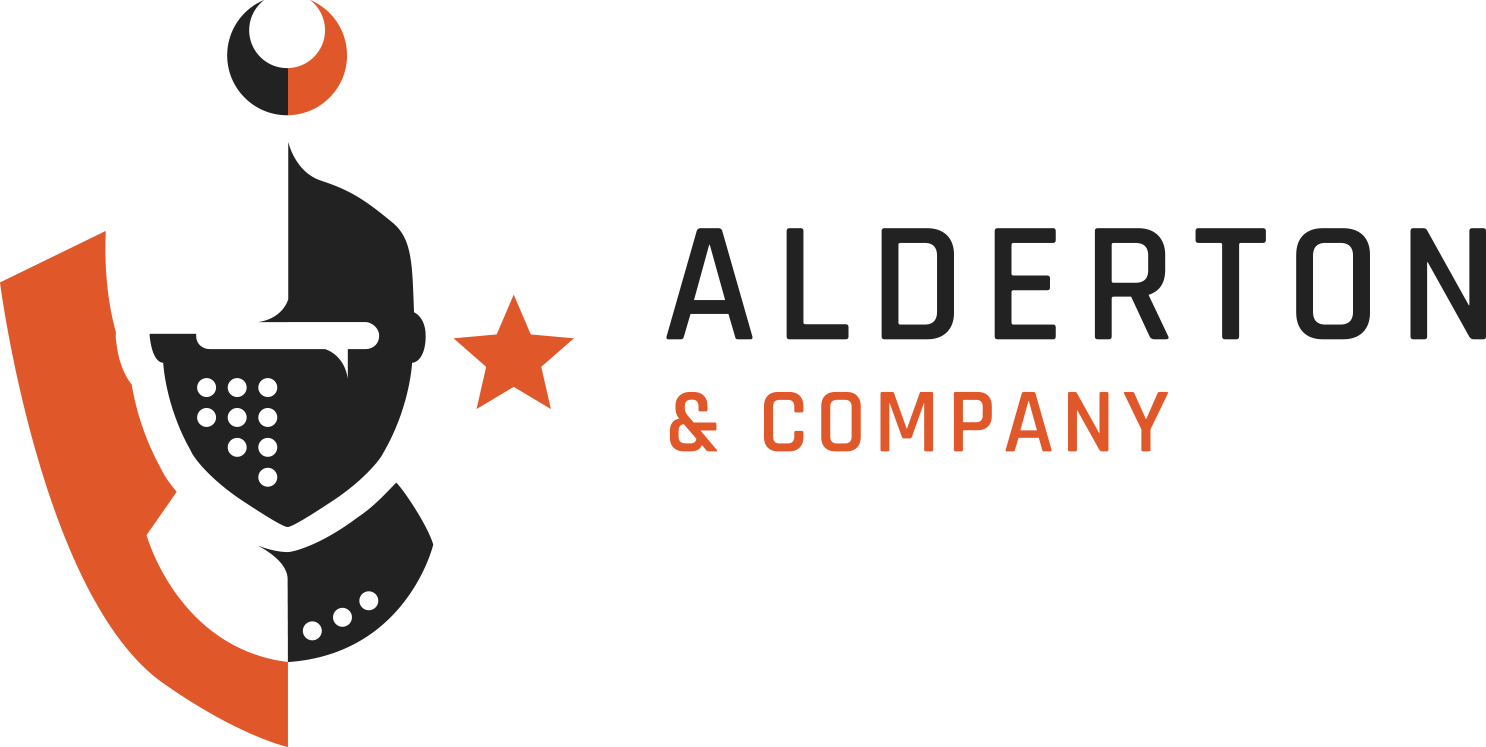
Navigating the Regulatory Landscape: Steering Clear of Legal Pitfalls
October 22, 2024Demystifying Corporate Structures: An Essential Guide for Business Owners


The choice of corporate structure is a pivotal decision with far-reaching implications for any business venture. It influences aspects ranging from liability and taxation to management and capital acquisition. Entrepreneurs and business owners must navigate this critical juncture with a thorough understanding of the diverse corporate structures available and their corresponding ramifications.
Sole Proprietorship
The most straightforward and prevalent business structure, a sole proprietorship, is characterized by single ownership and operational control. Its allure lies in its simplicity and minimal setup requirements. However, it’s important to recognize that the owner bears unlimited personal liability for any business debts or obligations.
Partnership
Partnerships involve the shared ownership and responsibilities between two or more individuals. This structure fosters flexibility and collaborative decision-making. Yet, similar to sole proprietorships, partners assume unlimited personal liability for business-related debts. Moreover, potential conflicts among partners can introduce operational complexities.
Limited Liability Company (LLC)
The LLC is a hybrid structure, combining the limited liability protection afforded to corporations with the pass-through taxation benefits enjoyed by partnerships. This means owners’ personal assets are shielded, while profits and losses flow directly to their personal tax returns, circumventing double taxation. The LLC’s inherent adaptability in management and ownership structures makes it a compelling choice for a variety of businesses.
Corporation
A corporation operates as a distinct legal entity, separate from its owners (shareholders). This separation bestows the most robust liability protection, safeguarding owners’ personal assets. Corporations can raise substantial capital by issuing stocks and possess perpetual existence, transcending changes in ownership. However, the trade-off is double taxation, where profits are taxed at both the corporate and shareholder levels.
S Corporation
An S corporation is a specialized type of corporation eligible to pass corporate income, losses, deductions, and credits through to shareholders for federal tax purposes, thus mitigating double taxation. However, this structure is contingent upon meeting specific criteria, such as restrictions on the number and type of shareholders.
Choosing the Optimal Structure
The selection of the ideal corporate structure hinges upon several pivotal factors:
- Liability Exposure: The level of personal liability you are prepared to assume.
- Tax Implications: The preference for pass-through taxation or acceptance of double taxation.
- Management Style: The desired degree of control and decision-making autonomy.
- Capital Requirements: Anticipated needs for raising capital through investment or debt financing.
- Administrative Complexity and Costs: Some structures entail greater complexities and expenses in their establishment and ongoing maintenance.
Crucial Considerations
- Professional Consultation: It is strongly recommended to seek counsel from legal and accounting experts to navigate the legal and tax complexities inherent to each structure.
- Future-Proofing: Opt for a structure that accommodates potential growth, ownership changes, or management transitions.
- Regulatory Compliance: Ensure comprehensive understanding and adherence to all legal and regulatory requirements associated with your chosen structure.
Conclusion
The choice of corporate structure is a foundational decision that can profoundly shape the trajectory of your business. By methodically evaluating factors like liability, taxation, management, and funding needs, you can identify a structure that harmonizes protection, adaptability, and growth potential. Remember, expert consultation and meticulous research are indispensable for ensuring your selected structure aligns seamlessly with your long-term vision and objectives.



